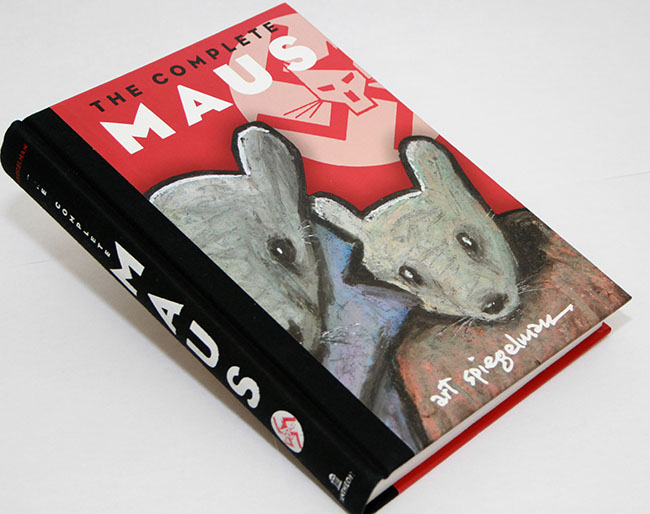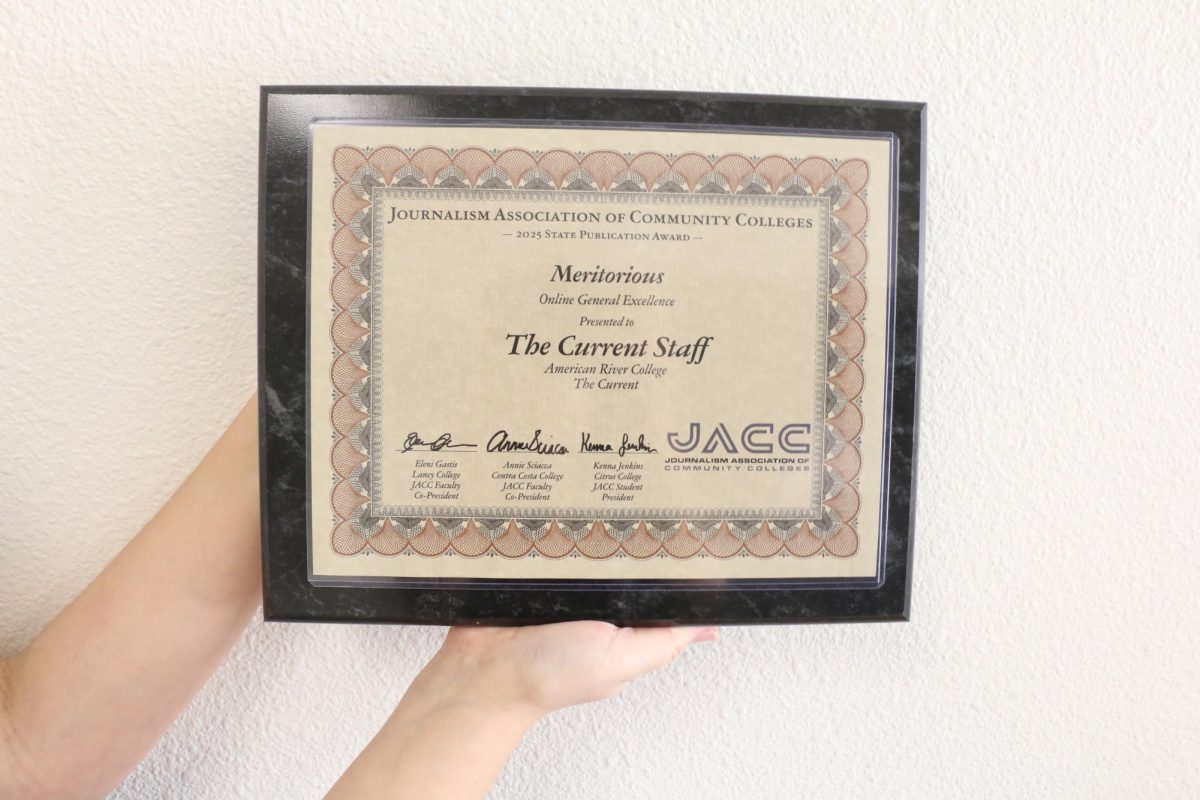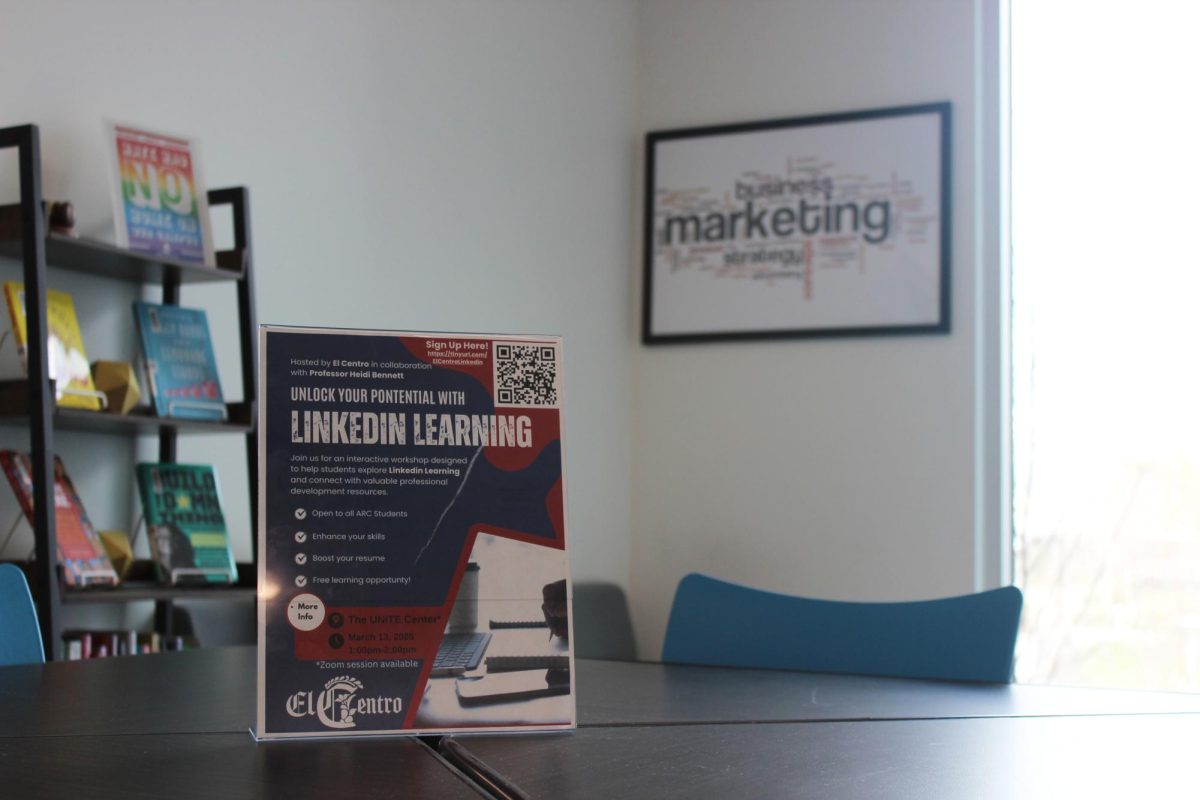“This isn’t a bedtime story,” said English professor Bob Lyman during the Honor Reads discussion on Art Spiegelman’s comic book “Maus,” on Sept. 5. “This is not a book you give to kids.”
“Maus” is a Pulitzer Prize winning graphic novel which depicts a cartoonist’s attempt to retell his father’s story of how he survived the Holocaust and their difficult relationship. Spiegelman casts the Jews as mice and German soldiers as cats.
The Honor Reads panel discussion also featured history professor Paul Bethel and art professor Betty Nelson.
“We are not going to do a presentation,” said Lyman. “We want to make this more of a conversation we would have with each other.”
At the beginning of the panel, some panel members declared “Maus” the first graphic novel masterpiece. Lyman disagreed, stating that he thinks the first masterpiece is a German’s children’s book “Struwwelpeter” by Heinrich Hoffman.
The panel showed slides of the artwork of Spanish painter Francisco Goya, while Bethel gave the historical context from each art piece, and introduced the audience to underground comic book artists, including Robert Crumb and Lynda Barry, to give the audience context where “Maus” falls into in comic book history.
“One of the things I want to do is give a context, a visual contexts,” Nelson said as she showed slides of photos of Auschwitz and the art of jews who were imprisoned, like Felix Nussbaum.
Auschwitz was a concentration camp in Poland that also operated as an extermination camp. Maus is one of many artistic depictions of Auschwitz.
Bethel said “Maus” was the first graphic novel he read, saying he didn’t know what to say when first offered to read the novel. “Really? You want me to read a comic book? I don’t know if I became a fan of the graphic novel, but I would be willing to read another one,” Bethel said.
Jamila Clemons, a culinary arts major at ARC, said what comes to mind the most when she thinks of “Maus” is “The scene where he’s talking about his brother’s picture. How that the ghost brother was the definite sibling.”
“Eastern Europe, Poland in particular, had a larger population of Jews than parts of Western Europe had,” said Bethel. “The reason why there are so many reminiscences of that area is because of there were so many people. The Jewish population of Poland was devastated. 90 plus percent of the Jewish population were killed.”
“It’s impossible to read anything about the holocaust without thinking about who I am and who I come from. In my family, there were Jews and few members of the Nazi party. I’m a product of both of those histories,” said English professor Michaela Cooper of “Maus.”
Honor Reads will present “A Chorus of Stones” by Susan Griffin on Oct. 15 with philosophy professor David Denman, and also on Nov. 4 with English Professor Michaela Cooper.













